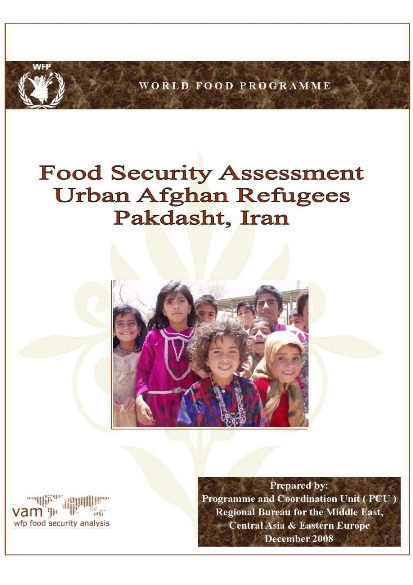
Iran has hosted one of the largest Refugee populations in the history of humanitarian assistance. Most of the 2.3 million Afghan Refugees live in cities and villages with only a few thousand living in refugee camps. Iran has witnessed a long history of refugees arriving from Afghanistan on account of many Afghan wars. The most recent large influx a result of the 1979 Soviet invasion and the consequent internal and external wars. There are strong socio-religious ties between the hosts and the Refugees with a shared language and religion.
Iran has adopted a generous approach to the Refugees by providing freedom of movement and access to key subsidies such as health care, primary and secondary education and food on par with Iranian citizens. As a result, there is a dramatic improvement in literacy rates when comparing original migrants and their children. On their part, Afghans have provided much needed labour at low prices thus supporting the massive construction boom.
The majority of Afghan refugees in Iran engage in labour and to some extent in small businesses. These incomes are low and the average family spends about 77% of its income on rental payments. It is fair to categorize the average Afghan Refugee as living around the poverty line. Food consumption is mainly restricted to cereals and occasional proteins leaving dietary diversity severely limited. Income sources are unstable and the family’s vulnerability to food insecurity is high. Presently, Government subsidies play a major role in the Refugees’ ability to sustain themselves. Access to health centers and schools are essential to raise a healthy and productive family. Fuel and electricity subsidies allow the families to survive with low incomes. There are also a large number of unregistered Refugees whose access is limited due to lack of documentation.
The World Food Programme in collaboration with local partners conducted a survey of urban Afghan refugees to better understand their food security situation. The survey confirms limiting government subsidies would entail serious food insecurity amongst the Afghan Refugee population. Their coping strategies are stretched to the limit at present. The average family would be unable to sustain further stress. Sending 10 year old children to earn a living would have negative affects on the Afghan and its host populations.
Non-food interventions would improve household food security and reduce poverty among the Refugees. Micro-credit schemes for small businesses, cash-for-work and skills development would render positive results. Nutrition education would improve dietary diversity through better food choices. A food security monitoring system would be able to track changes in the food security situation resulting from any change in government regulations or improvement of the security situation in Afghanistan.
The Afghan Refugee population in Iran is vulnerable and relies heavily on government subsidies to provide food and shelter to their families. Continuation of this support with the addition of access to credit and training would allow the households to improve their income base and reduce vulnerability to food insecurity.
Resource collections
- UN Habitat - Urban Response Collection
- Urban Response - Urban Crisis Preparedness and Risk Reduction
- Urban Response Collection - Community Engagement and Social Cohesion
- Urban Response Collection - Economic Recovery
- Urban Response Collection - Environment and Climate Change
- Urban Response Collection - Housing, Land and Property
- Urban Response Collection - Urban Crisis Response, Recovery and Reconstruction
- Urban Response Collection - Urban Resilience